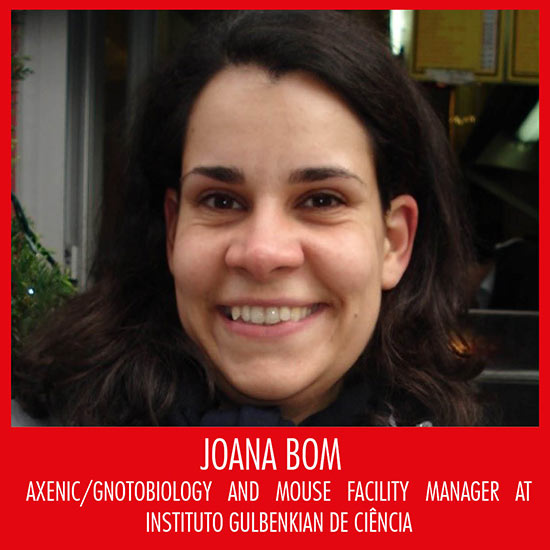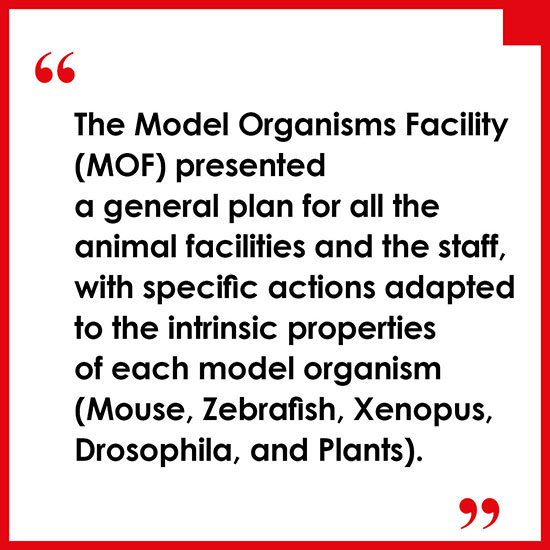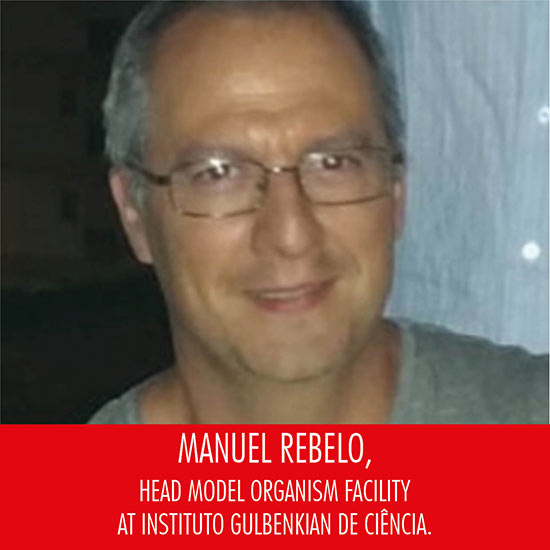
The current version of the Tecniplast website doesn't match your region. Please visit your local website to find information and offerings specific to your country.

The current version of the Tecniplast website doesn't match your region. Please visit your local website to find information and offerings specific to your country.

 How were decisions of facility adjustments reviewed at your institution?
How were decisions of facility adjustments reviewed at your institution?
Our Institution (Instituto Gulbenkian de Ciência - IGC) followed the guidelines provided by the authorities, and contingency plans were immediately worked out with general common guidelines for Facilities defined by the IGC Direction. All of the research community was very receptive.
How did your administration communicate the need for facility adjustments during this pandemic?
The IGC Direction communicated to all Heads of Facilities and Principal Investigators the need to be prepared for a lockdown. The Model Organisms Facility (MOF) presented a general plan for all the animal facilities and the staff, with specific actions adapted to the intrinsic properties of each model organism (Mouse, Zebrafish, Xenopus, Drosophila, and Plants).

How did you communicate these messages to the staff and to the research community at your institution?
Baseline measures were presented to the staff, with the goal to discuss and involve them in the final plan definition. The basic standard was essentially to guarantee at least 2 independent work teams. The contingency plan was then communicated to the research community by email, who absolutely understood the need for adjustments in their daily routine.
The users of the Mouse Facility, as all theusers of the MOF, were included as a backup to substitute staff in case of need. Video tutorials for equipment usage in the washing areas were made available by a remotely accessible platform. A week ahead of the “Emergency State” declaration, the Mouse Facility was able to implement a contingency plan, guaranteeing animal welfare which was our main concern.
What do you think were the highest priorities for animal welfare, and the highest priority for staff welfare?
Animal and staff welfare always go hand in hand. To ensure welfare for both, the Mouse Facility immediately closed many of their services, and new experiments were not allowed to start. From the animal perspective, these high priority measures allowed full dedication of the staff in animal husbandry and welfare, and from the staff perspective, they were not too overloaded. To accomplish this, a re-adjustment of the functions of the personnel responsible for the services closed was done.
The staff, usually involved in technical/management functions, were included in the routine husbandry team, therefore enabling the setup of 2 alternate teams, every 2 weeks. In addition, personal protective procedures were reinforced inside and outside the facility to ensure the best welfare for staff (rules for keeping social distance, disinfectant spray bottles inside and outside the facility, duty to stay at home when not working, etc.).
 Since the balance of animal welfare and staff welfare had to be maintained how was this managed from your point of view?
Since the balance of animal welfare and staff welfare had to be maintained how was this managed from your point of view?
This balance can only be achieved if the Facility and the Users work together. The effort to maintain animal welfare with only half of the team is challenging. Reducing the number of cages in an acceptable proportion to recover as fast as possible, when the pandemic situation is over ensures welfare of the animals is kept.
Following our instructions, the users of the Facility took their own decisions, evaluating which animals were absolutely needed. We have managed the balance of animal and staff welfare by continuous follow-up of the work in the Facility being directly involved in the daily activities and refining our strategy making small adjustments whenever necessary. I am happy to think that all decisions and processes turned out to be successful.
STEFANO BERRILLI
PRODUCT MANAGER LAMINAR FLOW SOLUTIONS AND CONSUMABLES, TECNIPLAST S.P.A.